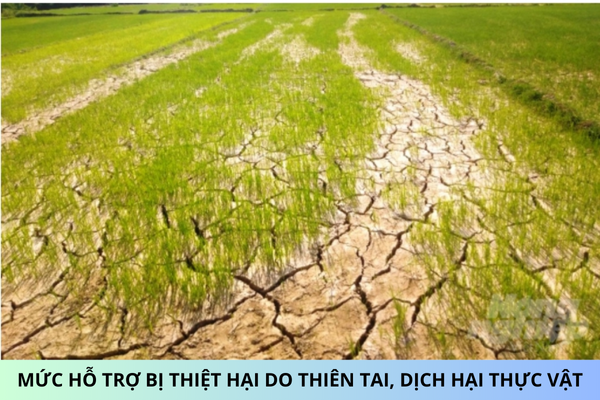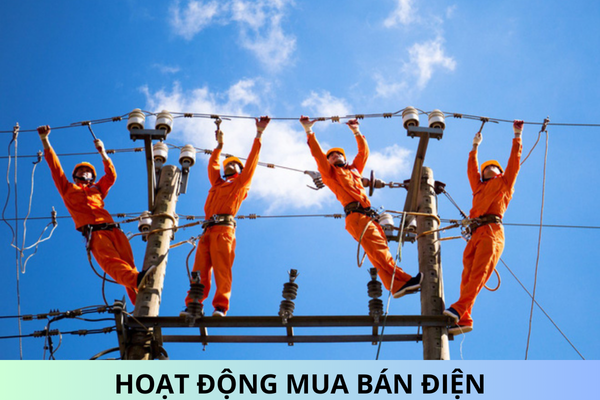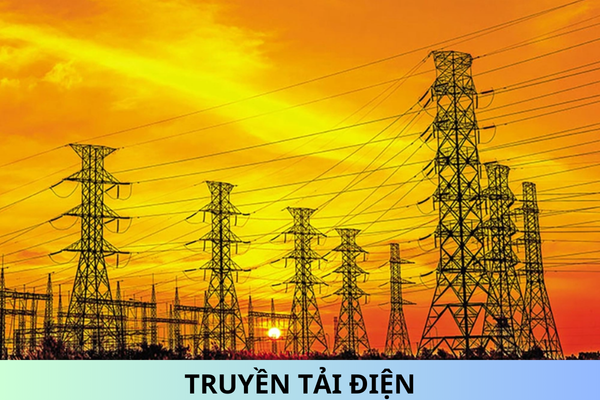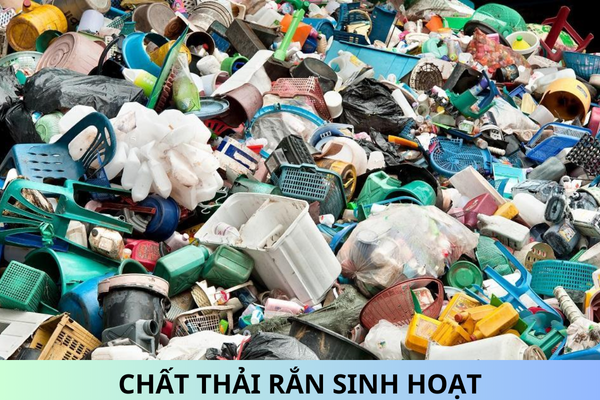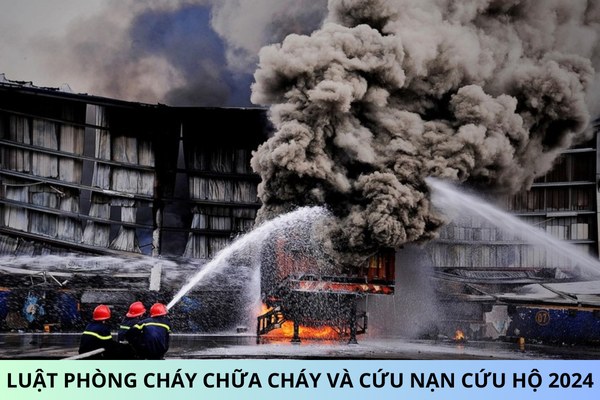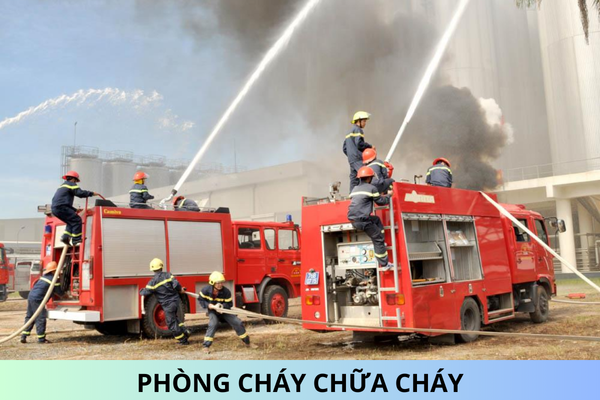What are regulations on plans of implementation of all-level oil spill response in Vietnam?
What are regulations on plans of implementation of all-level oil spill response in Vietnam? Thank you!
What are regulations on plans of implementation of all-level oil spill response in Vietnam?
Pursuant to Article 11 of the regulations on oil spill response issued together with the Decision 12/2021/QD-TTg stipulating as follows:
1. The National Committee for Search and Rescue shall preside over and cooperate with relevant ministries, central and local authorities in implementing the National Plan for oil spill response and checking the implementation of oil spill response plans under their approval-granting authority.
2. Provincial-level People's Committees shall implement approved oil spill response plans and inspect the implementation of oil spill response plans of establishments and projects within their remit.
3. Vietnam Oil and Gas Group shall collaborate with competent authorities in inspecting the implementation of oil spill response plans of offshore oil and gas facilities and projects under its authority.
4. Regional oil spill response centers shall implement approved oil spill response plans and cooperate with local competent authorities to inspect the implementation of their oil spill response plans of local facilities within their remit.
5. Facilities shall execute approved oil spill response plans.
6. Maritime Administrations, Inland Waterway Port Authorities and other inland waterway regulatory agencies shall take charge of inspecting and supervising the execution of oil spill response plans at ports and ships under way within port waters and on inland waterways under their jurisdiction.
7. Ships shall execute approved oil spill response plans.
What are regulations on monitoring oil spill incidents in Vietnam?
Pursuant to Article 12 of the regulations on oil spill response issued together with the Decision 12/2021/QD-TTg stipulating as follows:
1. Monitoring and detecting the risk of oil spill and receiving information about oil spills are carried out through the following activities: direct monitoring at ships, ports and facilities; monitoring of patrol and security forces on land, river, sea and by aircraft; monitoring through environmental monitoring systems, oceanographic radar system and remote sensing system; receipt of information about oil spills from organizations and individuals.
2. All active ports and facilities must closely monitor activities with high risk of oil spills occurring within their remit in order to promptly implement appropriate response measures.
3. Oil tankers carrying out transshipment or side-to-side transfer to other ships in Vietnamese waters must notify the plan of transshipment or side-to-side transfer at least 48 hours in advance to the nearest National Contact Point or Port Authority in terms of the time, location and the volume of oil to be transshipped or transferred side to side according to regulations so that competent authorities can monitor and take timely response measures in case of an oil spill occurring. Transshipment and side-to-side transfer shall be allowed only after receipt of the consent from the National Contact Point or the Port Authority.
Best regards!
